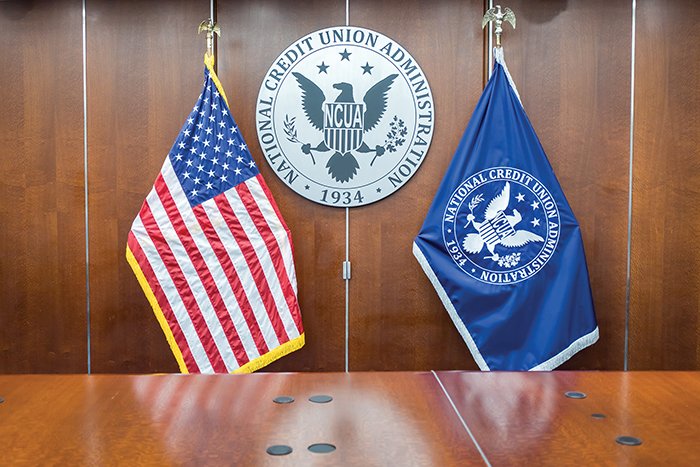
The average household was less able to buy a new car in June than in May as car prices rose far more than other goods from May to June and incomes fell, according to a report by Cox Automotive.
The Cox Automotive/Moody's Analytics Vehicle Affordability Index released Thursday showed it took households 37 weeks of pay to buy the average new vehicle in June, up from 35.5 weeks in May and above the 2020 high of 35.3 weeks in October 2020 and the most number of weeks since 2012, the starting point for the index, which the research companies introduced in November 2020.
Recommended For You
"New-vehicle affordability was much worse than a year ago when prices were lower, incentives were much higher and government stimulus support was larger," the report said. "Offsetting some of the inflation, the average financing rate decreased, which helped to limit what would have been an even higher increase in the monthly payment."
On Tuesday, the U.S. Bureau of Labor Statistics reported that the Consumer Price Index rose 0.9% from May to June for all goods after seasonal adjustments, while new car prices rose 2% and used car prices were up 10.5%. New car prices rose faster from May to June than all but airline fares (+2.9%), gasoline (+2.5%) and meat, fish and eggs (+2.5%).
On an unadjusted basis, prices were 5.4% higher than in June 2020 for all goods, while rising 5.3% for new cars and 45% for used cars.
In a separate report, Cox Automotive reported that auto credit improved modestly in June after tightening in May.
Its Dealertrack Auto Credit Availability Index released Tuesday rose from 97.7 in May to 98.0 in June, reflecting that auto credit was easier to get in the month compared to May. The index is baselined to January 2019.
"Yield spreads narrowed, the share of terms longer than 72 months increased, and the down payment size declined, which all made credit more accessible," the report said. "However, the approval rate, the subprime share and the negative equity share all declined, and those factors moved against credit expansion."
From May to June, "credit access was unchanged at captives, loosened only slightly at banks and credit unions, and loosened the most at auto-focused finance companies."
On a year-over-year basis, all lenders had looser standards. The index for credit unions rose 8.1%, compared with 3.1% for banks, 4.5% for captives and 9.0% for auto-focused finance companies.
Compared to February 2020, only auto-focused finance companies were looser in June, and credit unions had tightened the most.
© Touchpoint Markets, All Rights Reserved. Request academic re-use from www.copyright.com. All other uses, submit a request to [email protected]. For more inforrmation visit Asset & Logo Licensing.







